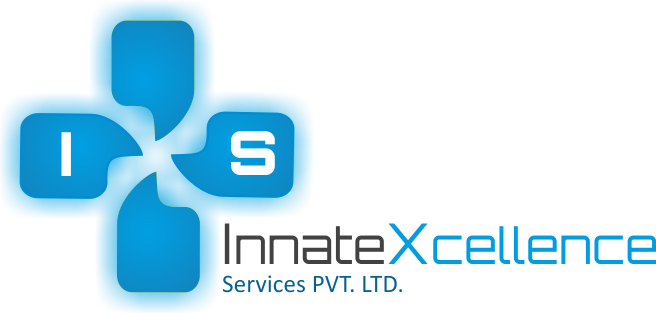Best Practices for Code Reviews and Collaborative Development
Code reviews and collaborative development are the cornerstones of creating robust and efficient software. In this blog, we’ll explore the best practices that can elevate your team’s coding standards, enhance collaboration, and ultimately lead to higher-quality code and more successful projects.
What to Check in Code Review?
First, let’s see some points to check during a code review:
1. Code Quality: Assess overall code quality, readability, and adherence to coding standards.
2. Functionality: Verify that the code fulfills its intended purpose.
3. Documentation: Check for clear and up-to-date comments and documentation.
4. Naming Conventions: Ensure variable and function names are descriptive and follow conventions.
5. Code Duplication: Look for redundant code and suggest refactoring.
6. Error Handling: Ensure proper error handling and meaningful error messages.
7. Security: Examine for vulnerabilities like SQL injection, XSS, and data validation.
8. Performance: Evaluate for potential bottlenecks and inefficiencies.
9. Testing: Confirm that unit tests cover the code adequately.
Code Review Workflow
Here’s how you can carry out an effective code review,
- Manual vs. Automated Reviews
In the code review workflow, deciding between manual and automated reviews is a crucial first step. Manual reviews involve human reviewers thoroughly examining the code for issues related to design, logic, and best practices. Automated reviews, on the other hand, use tools and scripts to identify common coding issues, such as syntax errors or style violations. Striking a balance between manual and automated reviews is essential to ensure both code correctness and adherence to coding standards.
- Iterative Reviews
Iterative reviews are an integral part of the code review process. Developers should expect multiple rounds of reviews and revisions to refine the code. This iterative approach allows for the gradual improvement of code quality and helps in catching issues that may have been missed initially. Each iteration should bring the code closer to compliance with project requirements and coding standards.
- Handling Comments and Suggestions
Handling comments and suggestions is a critical aspect of code reviews. Developers should approach feedback with an open mindset, as comments from reviewers are intended to enhance code quality. Responding to comments promptly, discussing potential solutions, and addressing concerns are key steps. Clear communication and a collaborative attitude are essential to ensure that code review comments lead to productive improvements.
- Addressing Reviewer Comments
Addressing reviewer comments effectively is the final step in the code review workflow. Developers should make the necessary code changes as discussed in the review. It’s essential to explain the modifications made, especially if they deviate from the initial feedback, and to ensure that the code now aligns with project requirements and coding standards. Thoroughly addressing reviewer comments leads to high-quality code and a successful code review process.
Tools for Code Collaboration
Now, if you want to make things easier during your code reviews, make sure to use some third party tools
- Version Control Systems, such as Git, are essential tools for code collaboration. They enable developers to track changes, work on code concurrently, and easily merge and manage different versions of a project. Git, in particular, has become the de facto standard in the software development industry due to its distributed nature and powerful branching and merging capabilities.
- Code Review Tools, exemplified by platforms like GitHub and GitLab, play a crucial role in ensuring the quality and integrity of code. They facilitate collaborative code reviews, allowing multiple team members to provide feedback, identify bugs, and suggest improvements. These tools help maintain coding standards, enhance codebase consistency, and promote knowledge sharing among developers.
- Communication and Collaboration Tools, such as Slack and Microsoft Teams, are indispensable for coordinating efforts among development teams. They provide real-time messaging, file sharing, and video conferencing capabilities, making it easier for team members to communicate, share updates, and resolve issues efficiently. These tools foster a sense of community and teamwork, which is vital for successful code collaboration in both co-located and distributed teams.
Final Thoughts
Incorporating best practices for code reviews and collaborative development is essential for maintaining code quality, fostering teamwork, and achieving efficient project outcomes. By adhering to guidelines such as clear communication, thorough testing, and constructive feedback, development teams can ensure their codebase remains robust and their projects are successful.



